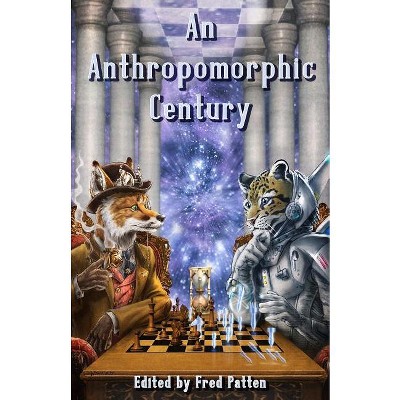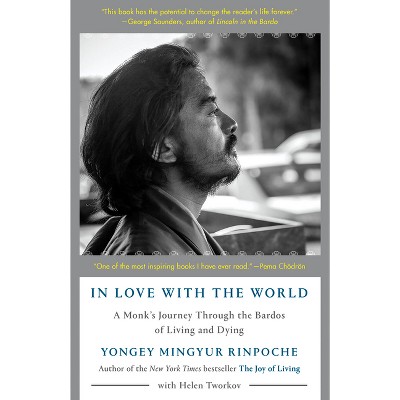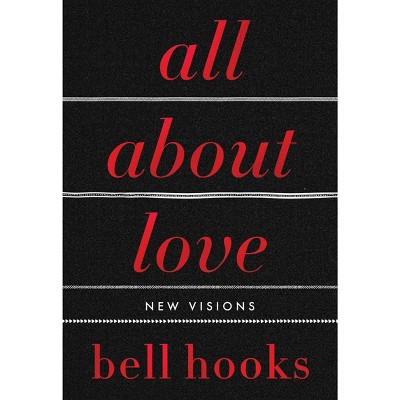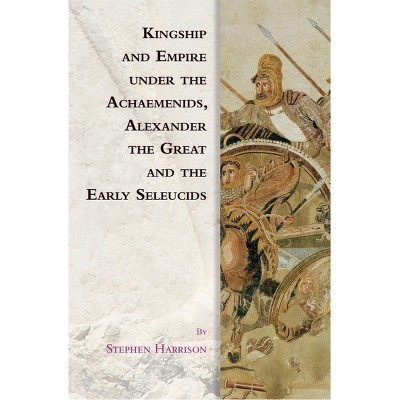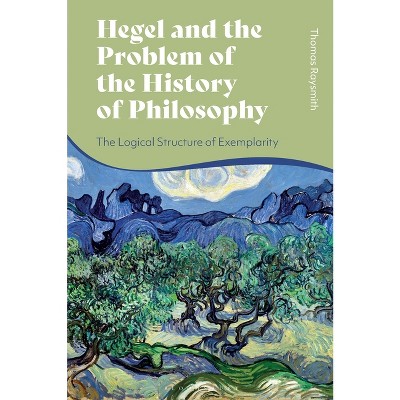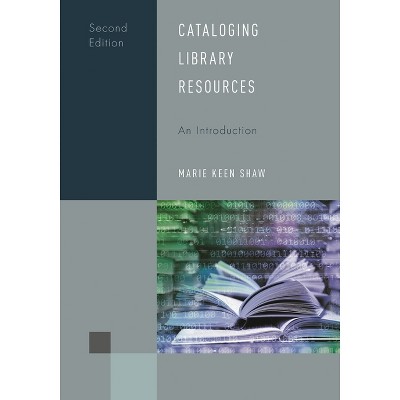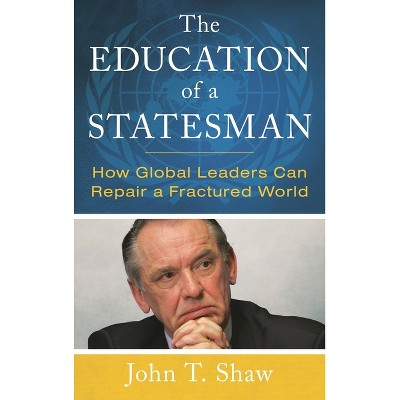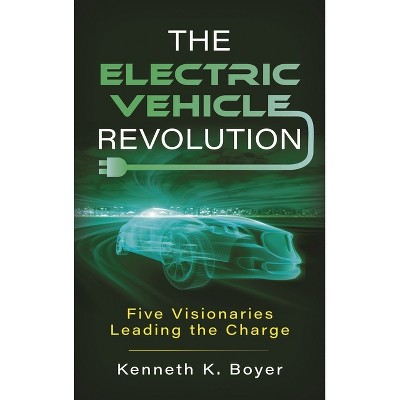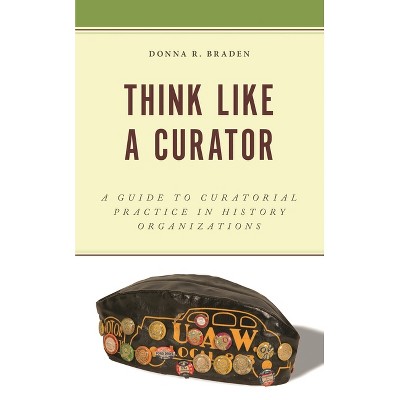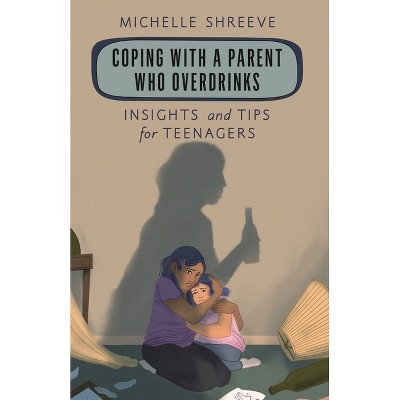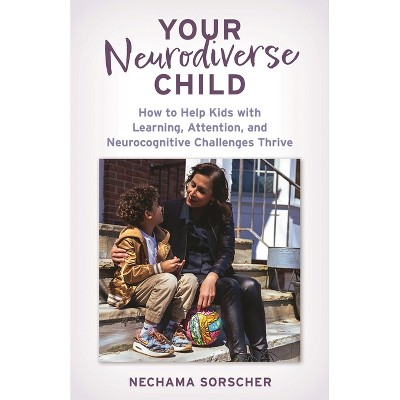Sponsored

Fleeced - by Trish Fitzsimons & Madelyn Shaw (Hardcover)
In Stock
Sponsored
About this item
Highlights
- Not everything about wool is warm and fuzzy.Wool, for millennia the cold climate textile fiber, has a long relationship to war, both in terms of supporting it and causing it.
- About the Author: Madelyn Shaw is curator and author specializing in the exploration of American culture and history, and its international connections, through textiles and dress.
- 224 Pages
- Business + Money Management, Industries
Description
About the Book
Nothing about wool is warm and fuzzy. The history of wool is intertwined with the history of war.
Fleeced explains how competition for wool in wartime helped create our current unsustainable and environmentally disastrous reliance on petrochemical fibers.Book Synopsis
Not everything about wool is warm and fuzzy.
Wool, for millennia the cold climate textile fiber, has a long relationship to war, both in terms of supporting it and causing it. Wool's strategic value in wartime, a position it gained over centuries, and contrived shortages of same in the 20th century, have helped drive consumers' transition to the synthetic fibers that have enabled fast fashion, and as both fiber and cloth are global contemporary pollutants.
Fleeced argues that the 19th century advent of southern hemisphere large scale sheep pastoralism and northern hemisphere industrialization of the woolen textile industry allowed - at least in part - the huge armies of the 20th century to exist. World War I represented a fundamental shift in the scale of armies and the kind of wars they fought. Demand for wool to outfit the tens of millions of men and women involved in fighting the war or supporting those who did grew way beyond what could be accommodated by any nation's normal supply. The contrived wool shortages of this war had a lasting impact - nations subject to supply chain difficulties began the search for substitutes that led first to the semi-synthetic rayon, and ultimately to the plastic fibers such as polyester and acrylic that dominate today's world of fast fashion.
Each chapter of Fleeced begins with a surprising object, document or image that takes us into this fascinating and previously untold history. Change is not necessarily progress.
Fleeced explains how competition for wool in wartime helped create our current unsustainable and environmentally disastrous reliance on petrochemical fibers.
Review Quotes
"A trailblazer of a book." --The Sydney Morning Herald/The Age
"FitzSimons and Shaw have provided us with a clear and concise account of the way wool clothed the Allied armies that ground out the two victories of 1918 and 1945. The authors tell a truly global story, one worth remembering now that we live in another world dominated by synthetic fibers and the environmental menace we face today." --Jay Winter, Charles J. Stille Professor of History emeritus, Yale University and Editor of Cambridge History of the First World War "The story of war and wool in Fleeced is an engaging exploration of how geopolitical tensions and supply chain challenges shape modern material culture. Wool's natural qualities-fire resistance and warmth even when wet-were so prized that they sparked a synthetic textile revolution, ultimately contributing to today's fast fashion waste crisis." --Tricia Wilson Nguyen, PhD, Materials science and textiles engineer and embroidery historian "Fleeced is a more than welcome history of wool and war. Detailed and engaging, authors FitzSimons and Shaw document the convoluted logistics of wool supplies in wartime, from the American Civil War to the Cold War, revealing at the same time the settler violence and economic warfare that together impacted some 50 countries. Covering from about 1800 to today, their story reveals insightful family histories and is full of fascinating facts, including the tale of the bale of wool in a first-class seat on a flight to Italy. Not restricted to the economic history of the woolen industry, their extensive research discloses much about wool substitutes too: from stinging nettle, seaweed and paper yarns to rayon and synthetic fibers such as polyester, now accounting for over half of the world's production today." --Mary Schoeser, FRSA, author of World Textiles (Thames & Hudson World of Art series: 2022); Hon. Senior Research Fellow, V&A Research Institute; Patron, School of Textiles, Coggeshall "An engaging and at times intriguing account of the raw material of war - a book based on formidable scholarship, ambitious in a scope and genuinely transnational in its reach, compelling in its argument." --Bruce Scates, Professor of History specializing in war and memory, Australian National University "Fleeced weaves together a luminous and deeply layered history of wool from the uniforms worn on global battlefields, across lands and seas, through shoddy and substitutes to the cheap synthetics that spur today's fast fashion. Trish FitzSimons and Madelyn Shaw create a vivid picture of the natural fibre that sparked power and profit, drove empire and dispossession, and pushed science as its markets rose and fell." --Lorinda Cramer, PhD, Lecturer, Cultural Heritage and Museum Studies, Deakin University "From uniforms to knitted socks to vast production, Fleeced: Unraveling the History of Wool and War provides a new volume on wool as indispensable to war and international economy." --Doran Cart, Curator Emeritus, National WWI Museum and Memorial, Kansas City, MOAbout the Author
Madelyn Shaw is curator and author specializing in the exploration of American culture and history, and its international connections, through textiles and dress. She has held curatorial and administrative positions at the National Museum of American History, Smithsonian Institution; the Museum of Art, Rhode Island School of Design; New Bedford Whaling Museum; The Textile Museum, Washington DC; and the Museum at the Fashion Institute of Technology, NYC.
Trish FitzSimons is adjunct professor at the Griffith Film School, Griffith University, Brisbane Australia. She is descended on her mother's side from at least six generations of male wool buyers. Her grandfather's letters to his parents 1904-1907 as he learned the wool trade and associated World War I documents are a key impetus to and resource for this project. She is a documentary filmmaker and exhibition curator with a passion for social and cultural history.
Shipping details
Return details
Frequently bought together
Trending Non-Fiction







